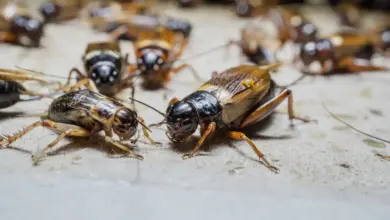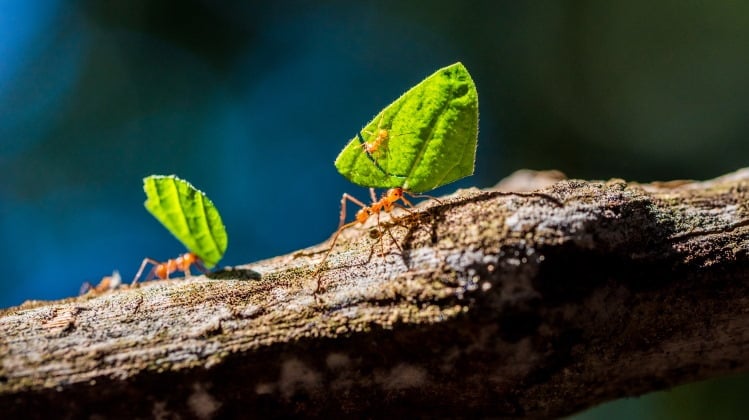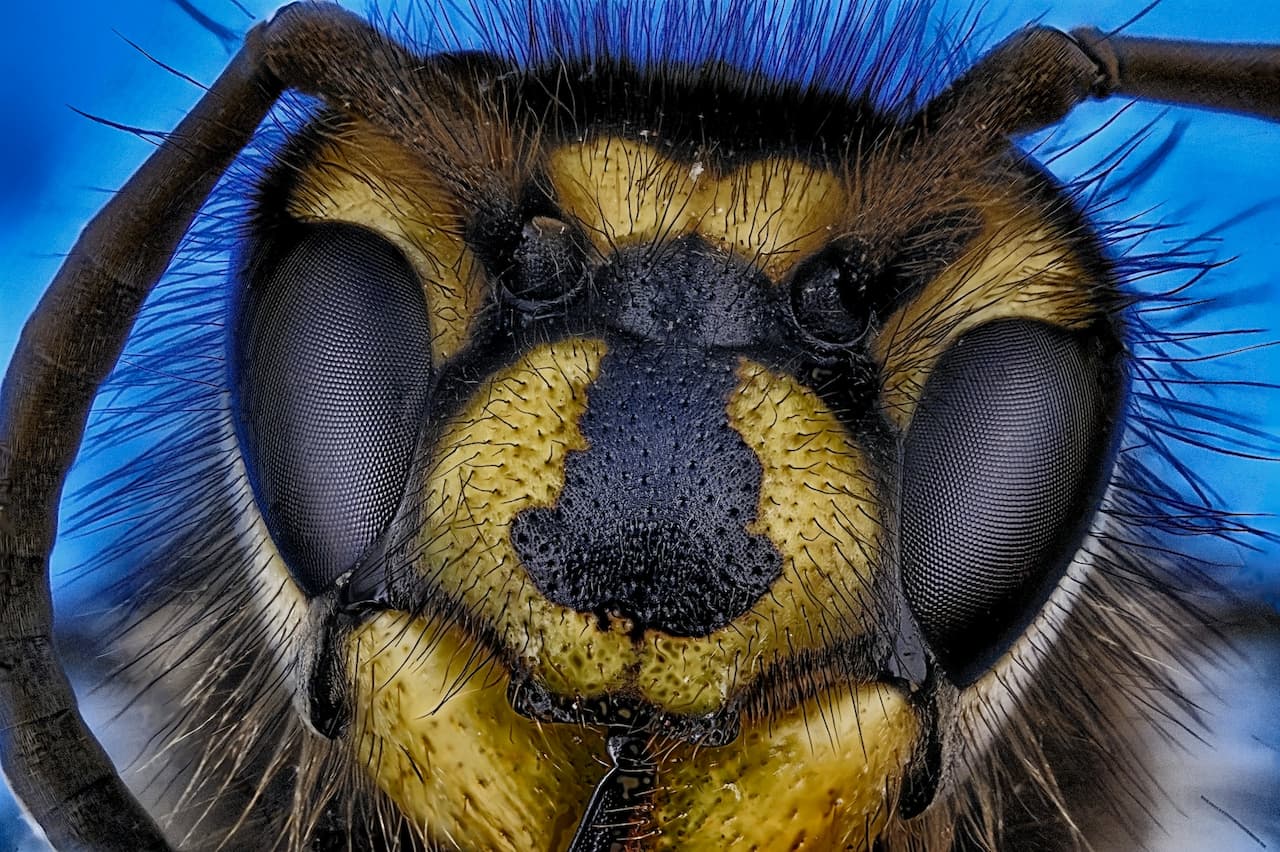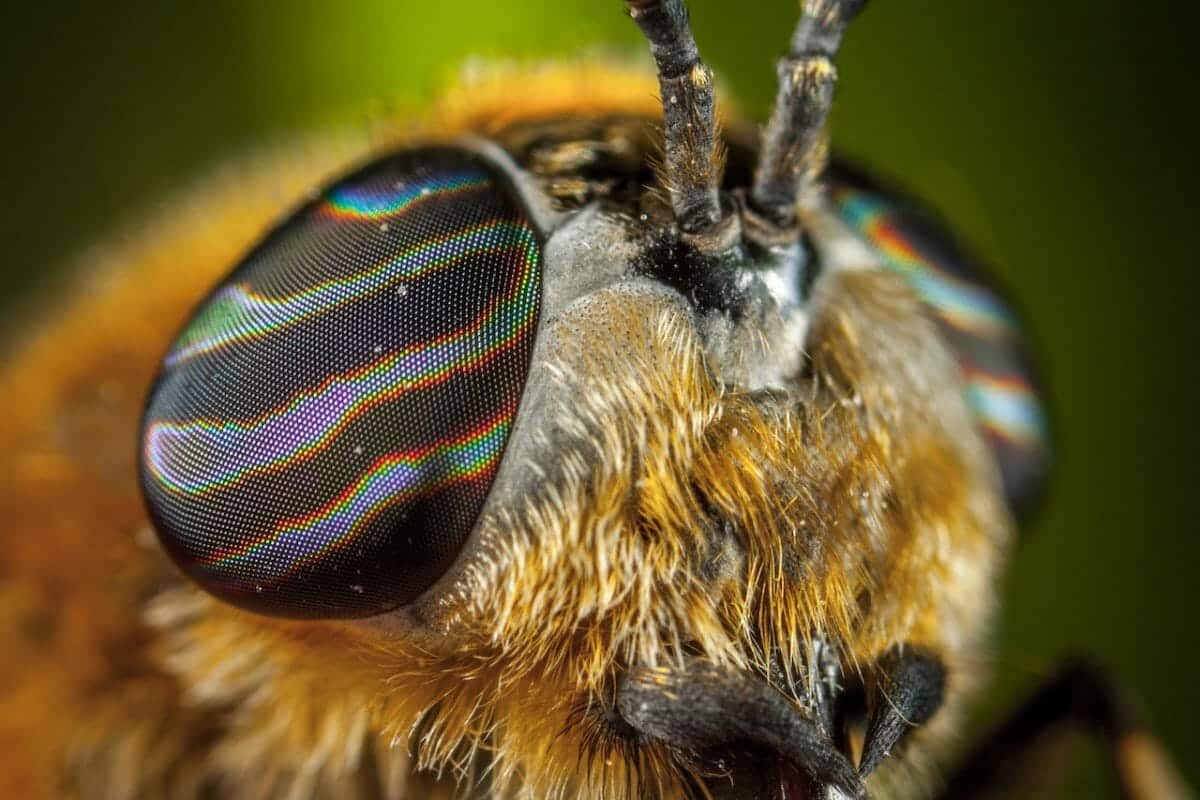The term “insectivorous” refers to organisms that eat insects as their primary food source. More specifically, insectivores are animals that have adapted to hunting, catching, and consuming insects and other small invertebrates such as spiders, worms, and centipedes.
Insectivory is a specialized form of carnivory, which is when an animal eats other animals. However, unlike carnivores that may eat large prey like deer or cattle, insectivores have adapted to seek out and eat insects and other small bugs.
Some key features of insectivorous animals include:
- Specialized teeth, jaws, and digestive systems designed to find, capture, and digest chitinous insect exoskeletons
- Long, sticky tongues to catch fast-moving insects
- Sharp vision and quick reflexes to hunt insect prey
- Ability to maneuver through small spaces like tunnels and crevices where insects live.
Examples of Insectivorous Animals
Many types of animals have evolved to be primarily insectivorous. Some of the most common insect-eaters include:
Mammals
- Bats – Bats use echolocation to hunt flying insects at night. Their teeth are specially shaped for crushing the hard shells of insects.
- Shrews – These small mole-like mammals have a very fast metabolism and may eat up to 90% of their body weight in insects per day.
- Anteaters – Anteaters and aardvarks have long, sticky tongues and strong claws to raid ant and termite nests.
- Pangolins – Pangolins or scaly anteaters have no teeth, instead using their long tongues to lap up ants and termites. Their scales protect them from insect stings and bites.
Birds
- Swallows – These aerial acrobats snap up insects like flies, mosquitoes, and moths as they fly.
- Swifts – Swifts spend virtually their entire lives airborne, feeding on winged insects.
- Flycatchers – As their name suggests, flycatchers like the Eastern kingbird sally out from perches to catch insects.
Reptiles
- Chameleons – Chameleons have long, sticky tongues that can rapidly shoot out to grab an insect. Their eyes move independently to scan for prey.
- Geckos – Gecko toes have microscopic hairs that allow them to climb smooth surfaces, aiding in insect hunting.
Amphibians
- Frogs – Frogs, like the bullfrog, have an extendable sticky tongue to catch insects. Some tropical frog species are exclusivelyinsectivorous.
- Salamanders – Salamanders like the spotted salamander have speed and grasping ability to forage for insects under leave and debris.
Fish
- Archerfish – Archerfish use jets of water to knock insects into the water from overhanging branches.
- Betta fish – Also known as Siamese fighting fish, bettas are aggressive insect hunters, able to leap out of the water to capture land-based insects.
Reasons Animals are Insectivorous
There are several key reasons why many types of animals have adapted to specialize in eating insects:
Abundance of insects
Insects and similar invertebrates are by far the most abundant potential food source for small animals. Over 1 million insect species have been identified to date. Becoming adapted to hunt insects is a reliable way for an animal species to find food.
High nutritional value
Insects provide a concentrated source of proteins, fats, vitamins, and minerals. Grasshoppers, for example, are over 20% protein. Despite their small size, insects can provide the nutrition small animals need.
Accessibility
Insects are widely distributed across diverse habitats, from forests to grasslands to aquatic ecosystems. Specializing in insect hunting allows animals to exploit food sources in many niches.
Avoidance of competition
Larger predators are not adapted to hunt small insects. By specializing in insects, small insectivores avoid competing with larger carnivores for the same prey.
Rapid reproduction of insects
Most insects reproduce and mature very quickly compared to larger prey. This ensures a constantly renewing source of food before populations can be depleted.
Self-defense
Some insectivores, like shrews and bats, would be vulnerable to predators because of their small size. But insects generally do not pose a threat or danger to insectivores.
Adaptations of Insectivores for Hunting Insects
To successfully hunt and consume insects, insectivorous animals have evolved a variety of physical and behavioral adaptations:
Vision
Most insectivores have excellent vision, allowing them to spot fast-moving and camouflaged insects. Many have binocular vision or independently moving eyes to help judge distance.
Hearing
Bats and some insect-hunting birds rely on acute hearing to detect the high-pitched sounds produced by insect wings to hunt prey in dark or densely vegetated areas.
Smell
A strong sense of smell helps insect-eaters like anteaters locate insect nests and colonies like ant hills, which may be hidden underground.
Speed
Swiftness is important when pursuing fast-flying insects. Aerially insectivorous birds have pointed wings for speed and maneuverability in flight.
Stealth
Some insectivores like geckos and chameleons can move slowly and stealthily to get within striking distance of unwary insect prey. Their camouflage helps them sneak up on insects.
Grasping tools
Some insectivores have extremely long, sticky tongues that can rapidly shoot out and retract to grab insects from a distance. Others, like praying mantises, have specialized legs and forearms equipped with spikes, and grasping hooks are used to snatch and cling to insects.
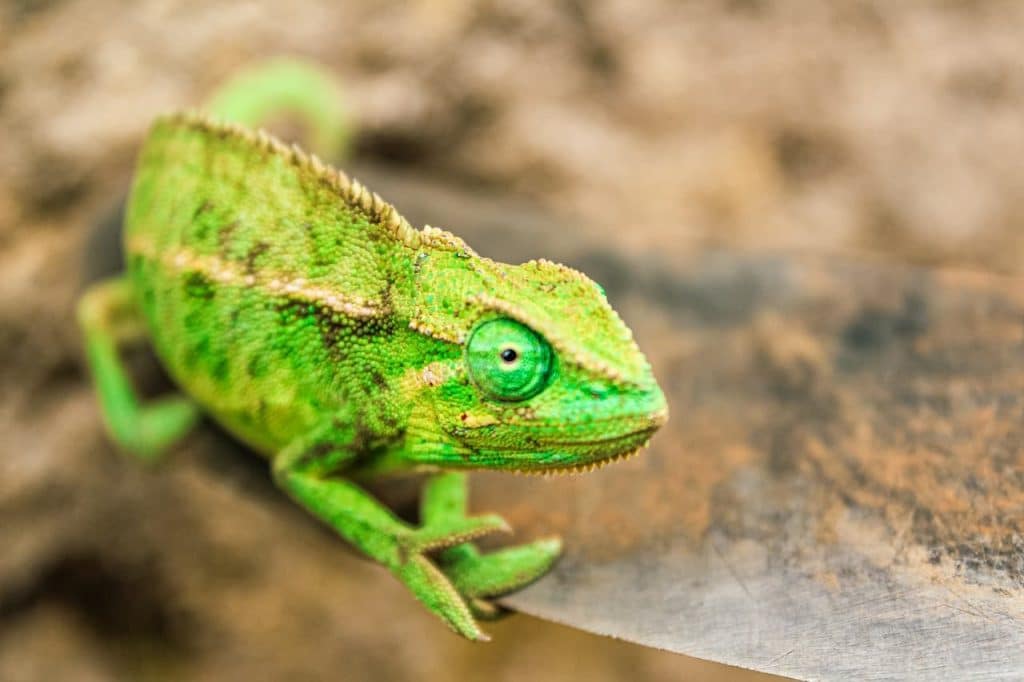
Specialized teeth
Teeth modified for crushing tough insect exoskeletons are seen in shrews and armadillos. Anteaters have no teeth but have strong claws to pry open insect mounds.
Poison resistance
Many insect prey produce stinging, biting, or poisonous secretions as self-defense. But insectivores like hedgehogs and pangolins have immunity or a high tolerance to these insect chemical defenses.
Hunting Strategies Used by Insectivores
Insectivorous animals use a variety of clever hunting strategies and techniques to catch insect prey:
Sit-and-wait hunting
Some insectivores, like the gecko, rely on camouflage and patience. They sit very still and ambush any insect that strays too close.
Ballistic tongue striking
Frogs and chameleons can ballistically shoot out their long, sticky tongue to snag insects from a distance. The tongue shoots out faster than the insect can escape.
Aerial pursuit
Swifts and swallows pursue flying insects in fast aerial chases, using their speed and maneuverability to eventually overtake the insect.
Trapping
Antlions dig cone-shaped traps in soil that cause ants and other insect prey to slide to the bottom into the antlion’s jaws.
Herding
Some predators, like wolves, will herd insect swarms into a concentrated group before attacking the entire group en masse.
Lures
Predators like the antlion take advantage of prey instincts by luring insects onto unstable soil that gives way, causing them to tumble into the antlion’s pit.
Benefits of Insectivory for Ecosystems
While insects form the diets of many specialized animals, these insectivores also provide vital benefits to wider ecosystems:
Population control
By preying on insects, insectivores help control populations of plant-eating pests like locusts and aphids that could otherwise explode and damage vegetation.
Nutrient cycling
When insectivores digest insects, they make the nutrients inside insect bodies available in dissolved waste products that plants can absorb, cycling these nutrients through the ecosystem.
Disease reduction
Many insectivorous birds and bats prey heavily on biting insects like mosquitoes and ticks, reducing the transmission of the diseases these insects spread.
Pollination
Some insect-eating animals like bats and hummingbirds also pollinate flowers, dispersing pollen as they forage for insect nectar.
Seed dispersal
Frugivorous (fruit-eating) bats digest the pulp of fruits like mangos and figs but pass the undamaged seeds. This helps disperse the seeds of these insect-pollinated plants.
Pest control
Heavily insectivorous animals like bats each thousands of crop and garden pests nightly, providing natural biocontrol of insects that damage agriculture.
Conclusion
Insectivory is a highly specialized form of carnivory practiced by a diverse array of mammals, birds, reptiles, amphibians, and fish that have adapted to hunt insects.
Due to the great abundance yet small size of insects, these species have evolved keen senses, stealth, and unique physical tools to catch and consume nutritional insect prey.
While providing food for the insectivores, this also benefits ecosystems through services like pollination and biocontrol of invasive pests.


